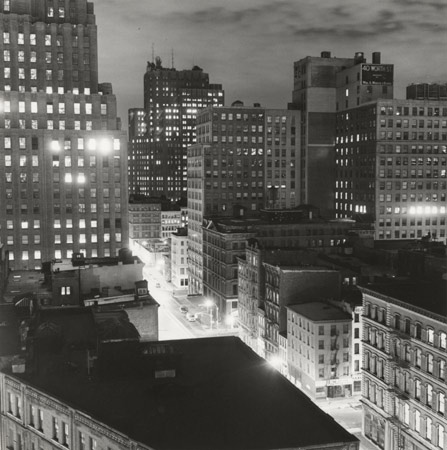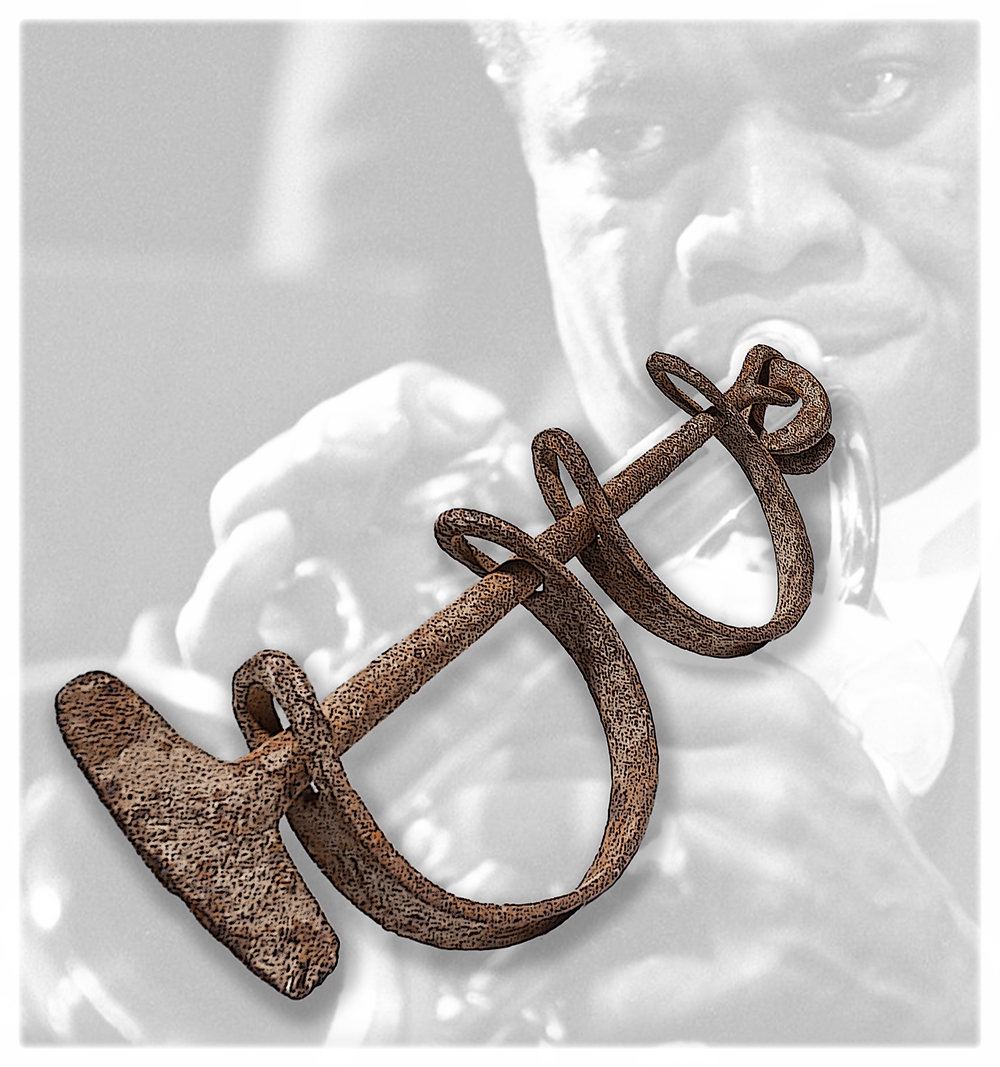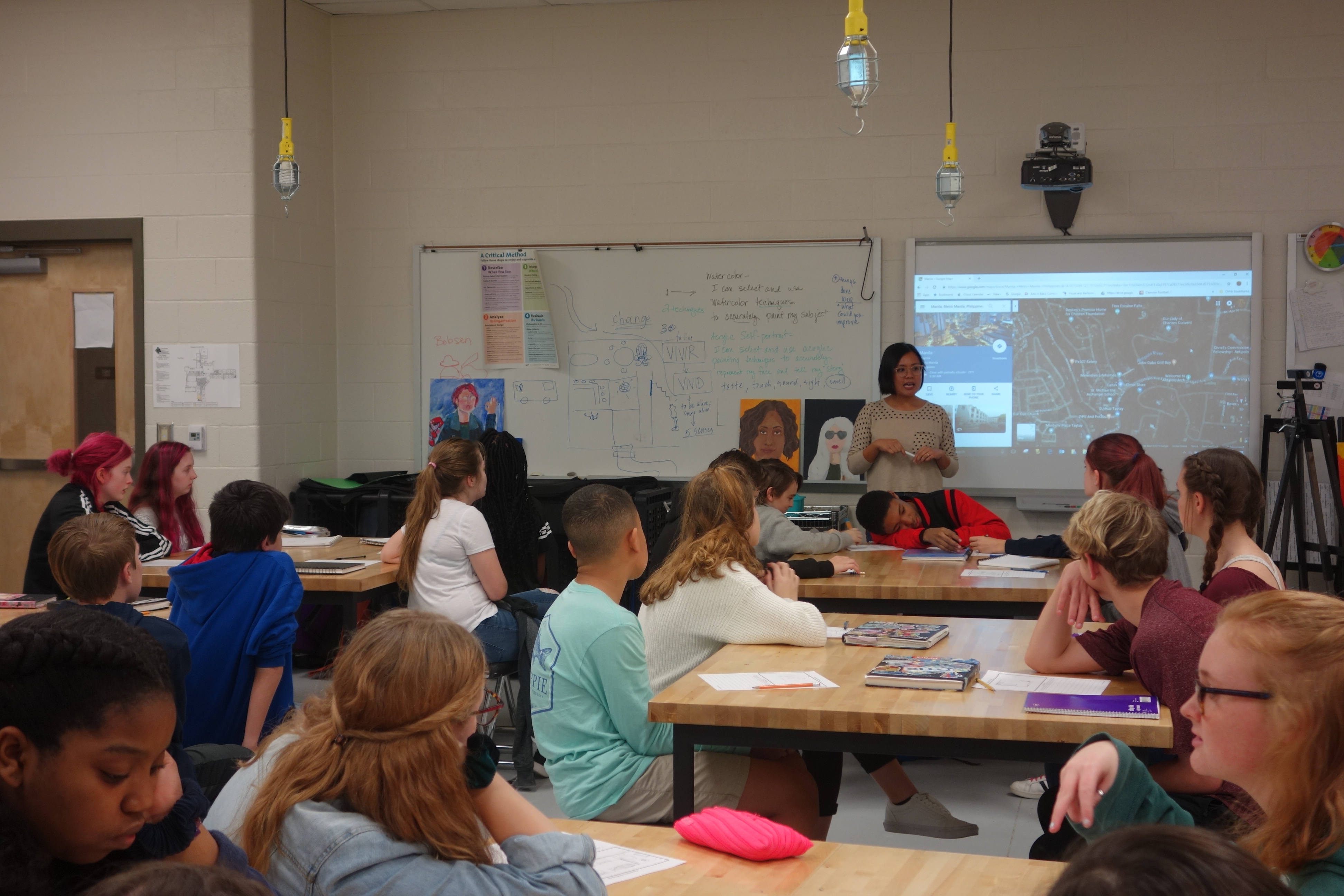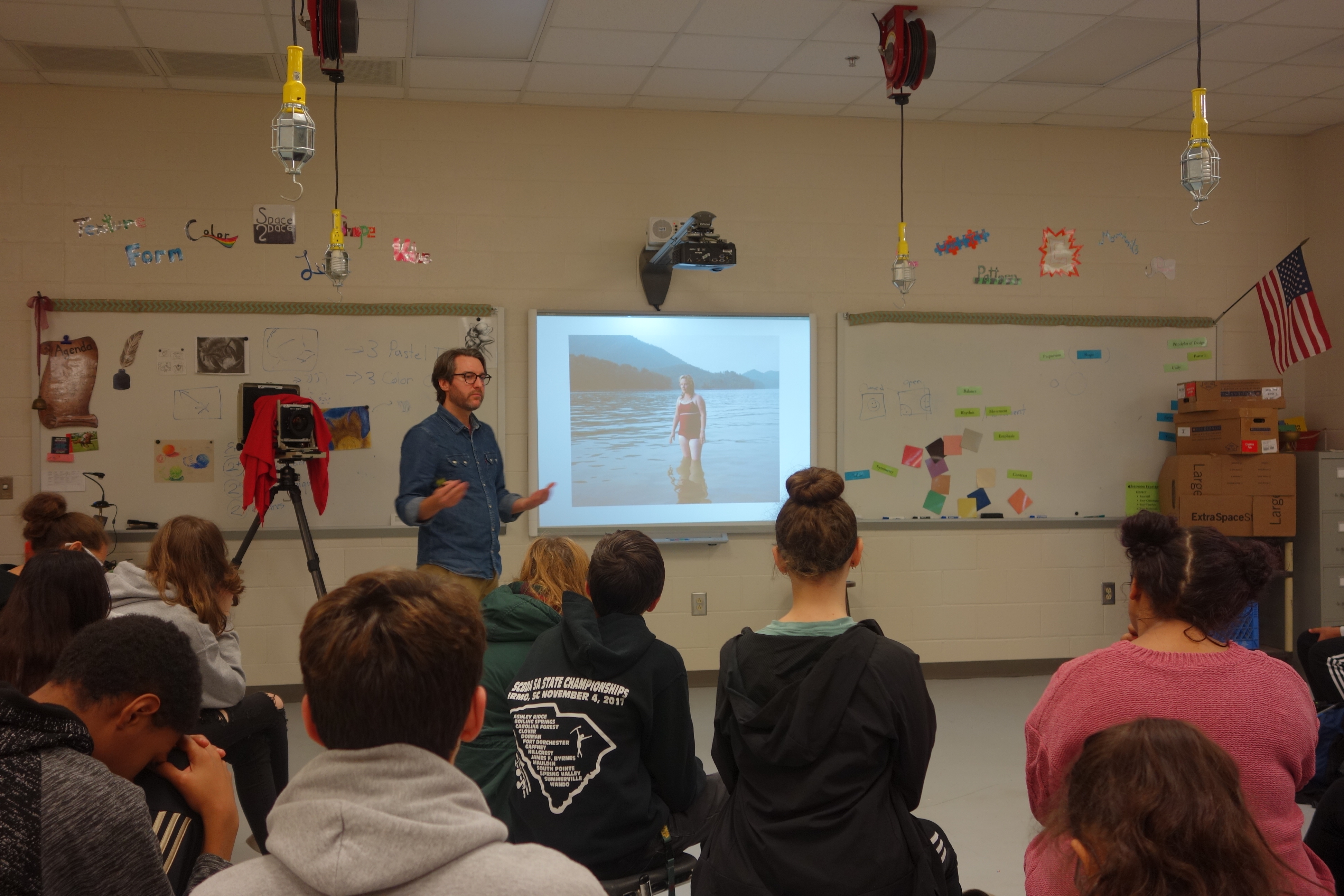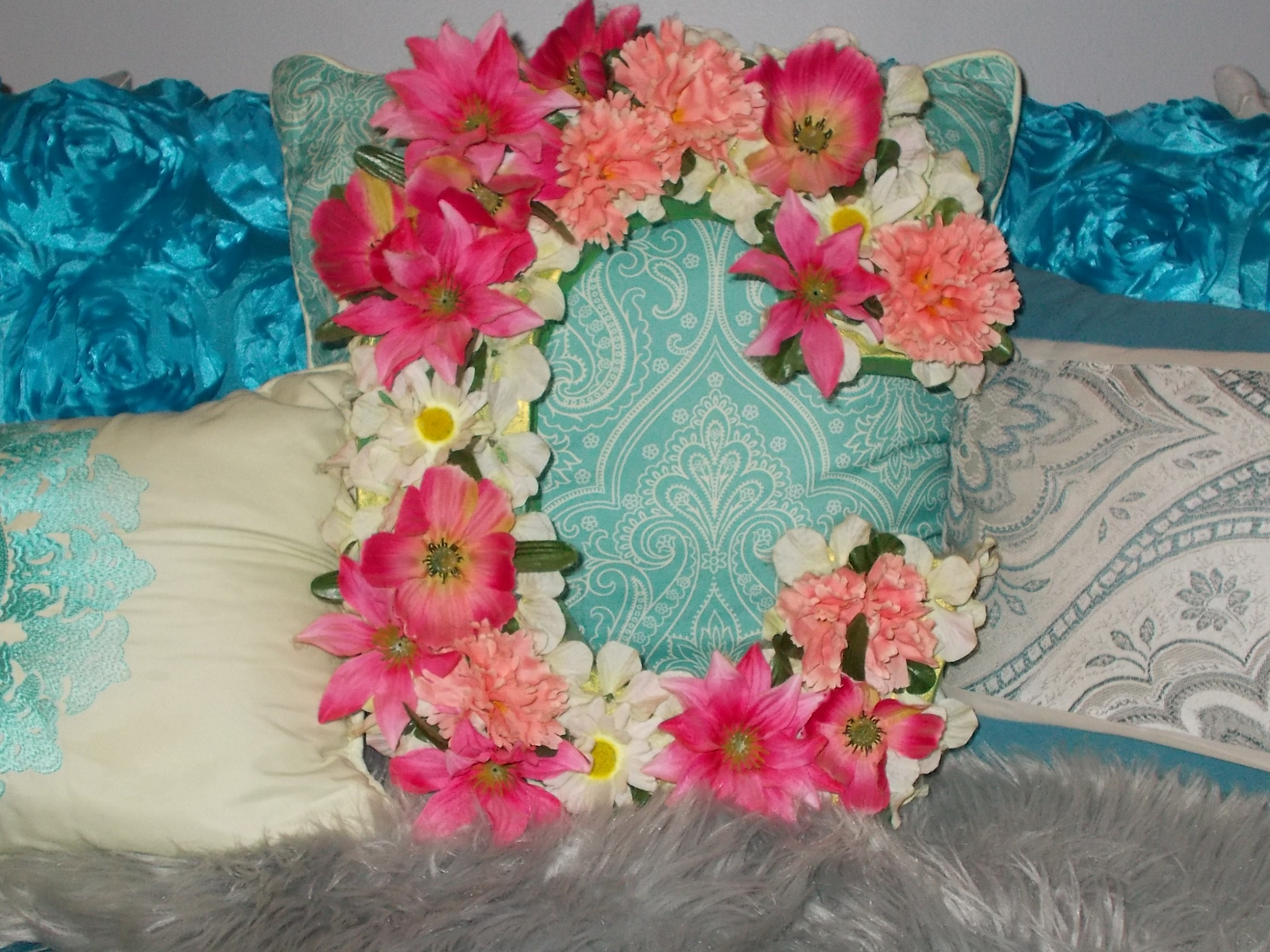EDU BLOG ARCHIVES
This blog post is the second of two that features books in the Halsey Institute’s Biblioteca that connect with themes explored in the current exhibitions, Katrina Andry: Over There and Here is Me and Me and Colin Quashie: Linked. The selected texts for today’s post both coincide well with Katrina Andry’s Over There and Here is Me and Me as one portrays life in her native New Orleans as a person of color, and the other examines the effects of gentrification on an urban environment.
READ WHOLE POST [+]
Artist Colin Quashie’s exhibition Linked serves the purpose of making connections between historic and contemporary images. He does so by taking both historical and contemporary images and overlaying them with items referring to the institution of slavery and dating back to the Antebellum period. One piece in particular catches my eye.
Gabriel, one of Quashie’s pieces, is a representation of jazz artist Louis Armstrong. Trumpet in hand, Armstrong appears to be playing his heart out. Quashie has placed an image of dated, rusted shackles over Armstrong’s instrument, and oddly enough, the shackles resemble the shape of a trumpet quite clearly. Here, Quashie makes a visual connection between slavery and the jazz style.
READ WHOLE POST [+]

Growing up in Washington, DC, I was never particularly exposed to what southern culture truly looks like. I never came home to the smell of my mom cooking fried chicken in the kitchen, I was never told to eat my collard greens, and I had never tasted okra, but that all changed when I came to Charleston.
Having lived in Charleston for three years now, I have been able to immerse myself into the southern culture, and though I have loved every minute of it, there was a part of me still longing for “soul food.” I wanted to find that buttery fried chicken, and those perfectly salted collard greens, and after seeing Katrina Andry’s You and You Is Us installation in her exhibition Over There and Here is Me and Me, there was a specific image that stood out to me that answered my calling for soul food. In Andry’s collage, she photographed specific Charleston monuments, libraries, statues, buildings, and one of Charleston’s favorite soul food restaurants, Eastside Soul Food.
READ WHOLE POST [+]
Today’s blog post is the first of two that features books in the Halsey Institute’s Biblioteca that connect with themes explored in the current exhibitions, Katrina Andry: Over There and Here is Me and Me and Colin Quashie: Linked. The selected texts for today’s post both coincide well with Colin Quashie’s Linked as they all explore themes of race, politics, and culture, and encourage a visual conversation amongst viewers. Each body of work brings issues to the surface that some may choose not to consider or discuss, while taking a closer look at stereotypes as they exist today.
READ WHOLE POST [+]
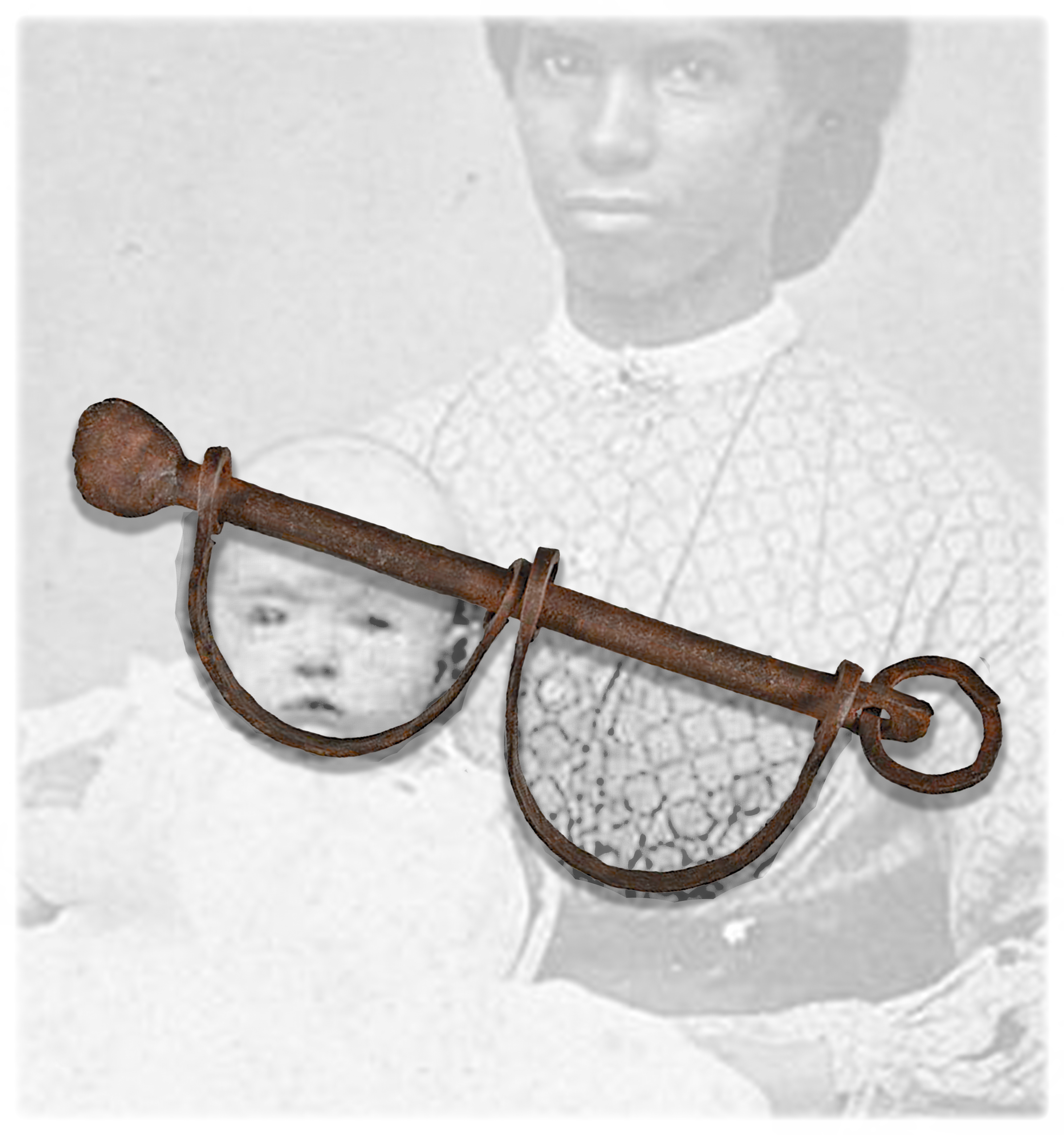
Katrina Andry’s work, Mammy Complex: Unfit Mommies Make for Fit Nannies, and Colin Quashie’s Blactose Tolerant explore contradictions within our cultural conception of Black motherhood. As the first works that greet the audience in the exhibition, these images introduce the show with probing questions of how Black motherhood is understood. While the rest of the artists’ images branch off into distinct forms of analysis, the preliminary line of questioning introduced in the show pertains to a contradictory dualism, or as Andry calls it, a “Mammy Complex.” Black women in America have historically served as caretakers for white children while being perceived as incapable mothers for their own children, a stereotype that persists today. Whereas Quashie constructs a historical comment on the link between the nurturing of white children and the figure of the Black nanny with superimposed images, Andry explores this issue in a contemporaneous context far more indirectly with narrative woodcut prints.
READ WHOLE POST [+]
What does home mean to middle and high-school students living in the tri-county area? What memories inform their concept of place and what it means to live here in the Southern United States? As part of the Halsey Institute of Contemporary Art’s Capturing #MySouth program, Charleston author Cinelle Barnes has been leading workshops with local students in seven schools to help them put into words formative memories and associations with the concept of home.
Teens and preteens are people who tend to clamp up, especially if asked to talk about emotions. Yet, Barnes has been able to get them to share very tender and vulnerable stories with each other.
READ WHOLE POST [+]
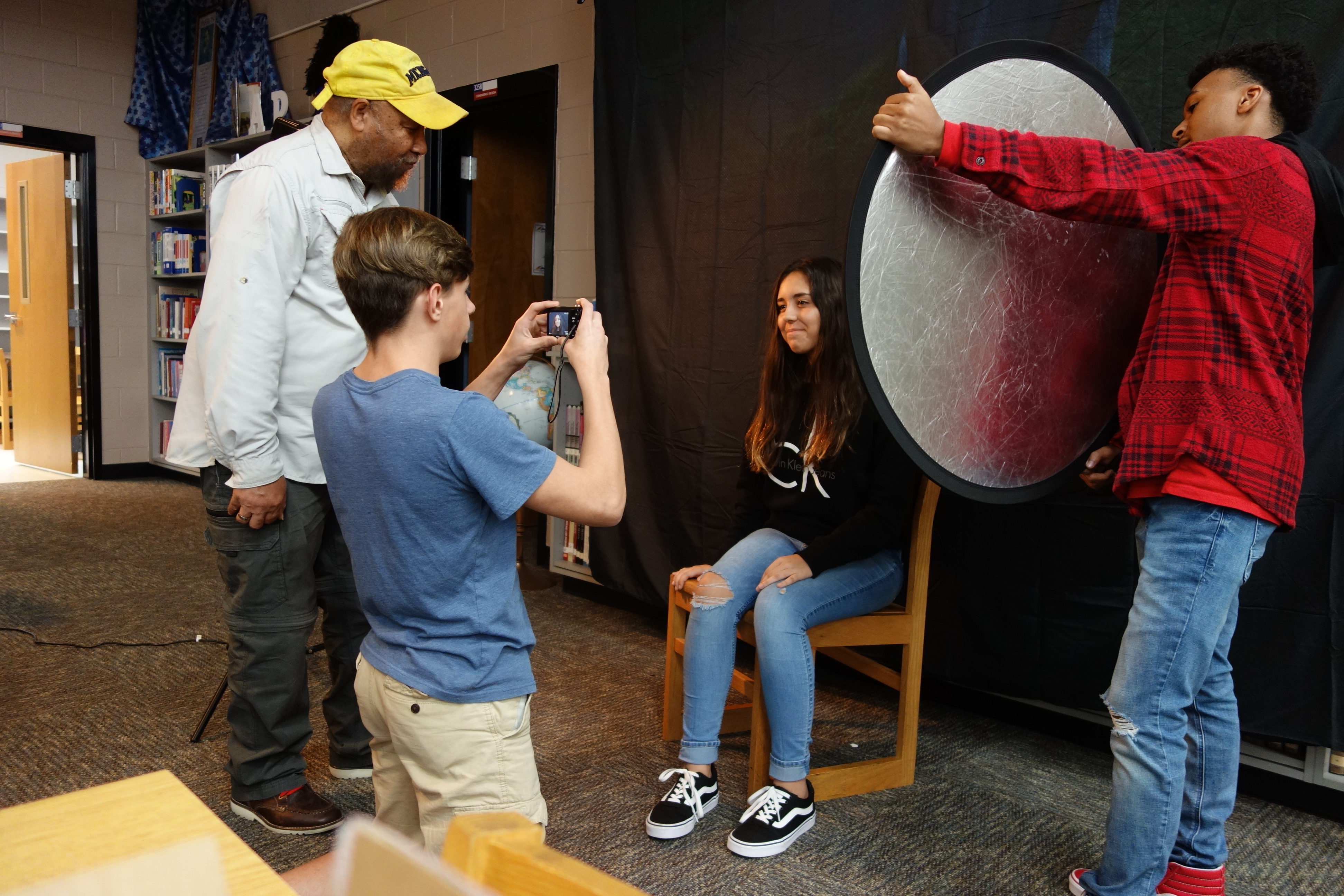
Titus Brooks Heagins believes in the power of photographs to challenge expectations. Heagins is a documentary and fine art photographer who lives in Durham, North Carolina. In much of his work, he photographs individuals who live on the margins and are often ignored or stereotyped by middle- and upper-class society: the poor, sex workers, heavily tattooed individuals, drag queens, and migrant workers, among others. Heagins is sensitive to the representation of these largely disempowered individuals; he works hard to approach them openly and with compassion in order to connect to their world to “create an image that is in some way reflective of their reality and experiences.” Photographs, he says, can defy preconceived external expectations to instead open up possibilities. Possibilities, he says, are something few people make room for in their life narratives: “I try to say visually that people’s lives are about possibilities; that they can have possibilities.” Photographs, for Heagins, can conduct social work. They are very powerful and can shape public policy and change lives, even if most people today tend to think of them as simple snapshots.
READ WHOLE POST [+]
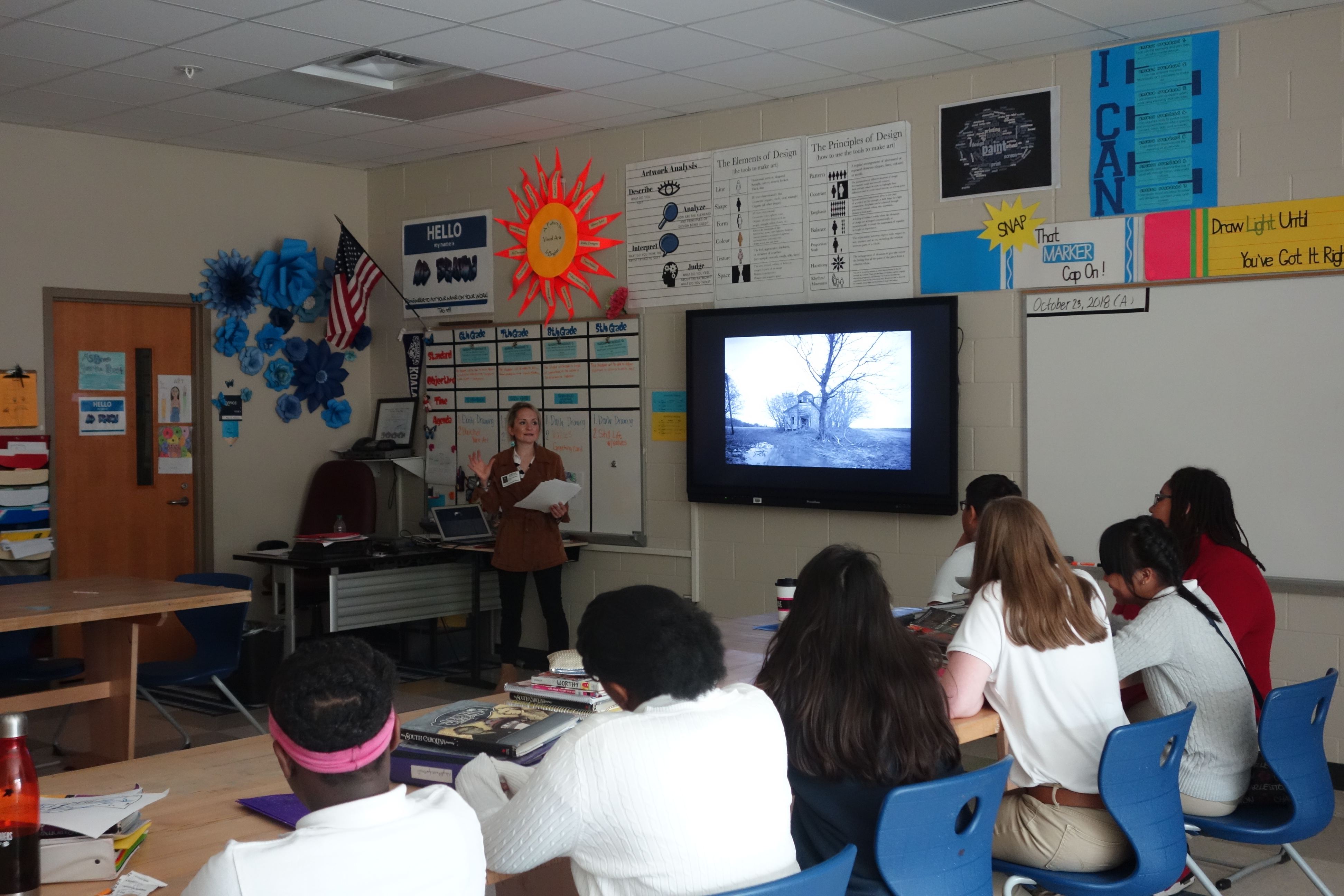
Rachel Boillot was a high school student when a class visitor changed her life. An alumni who worked as professional art photographer visited her art class. Not knowing that creative photography was something one could do for a career, Boillot fell in love with photography and, as she says, “photography defined my life ever since.”
Boillot has now had the chance to pay it forward by visiting two local schools: Haut Gap Middle School and St. John’s High School. She is participating in the Halsey Institute of Contemporary Art’s Capturing #MySouth program, which is generously funded by an Arts, etc. grant. A professor of fine art at Belmont University and photographer in the Halsey’s current exhibition Southbound: Photographs of and about the New South, Boillot believes it is vitally important to introduce the camera in the formative middle and high school years when students are actively working to define themselves.
READ WHOLE POST [+]
How many middle and high school students have looked beneath the focusing cloth of an 8x10 large format camera? Before a couple of months ago, none of the students in art classes at Rollings Middle School of the Arts in Summerville and Goose Creek High School had. But, they were able to have that novel experience when photographer and College of Charleston professor John Hathaway visited for part of the Capturing #MySouth project organized by the Halsey Institute of Contemporary Art. Students were amazed at what they saw under the cloth: a large screen, full-color view of the moving world upside down and backwards, as Hathaway says “like you own private little cinema.” Hathaway showed students how to focus the camera with the knob and gave each student the chance to go under the cloth and adjust the camera focus on a friend standing in front of the camera.
READ WHOLE POST [+]
Each generation of Southerners has their own stories to share. Historical shifts in technology, politics, and culture flavor the stories differently, but themes of place, nature and community thread through. The Capturing #MySouth program, organized by the Halsey Institute of Contemporary Art, has encouraged the development of new Southern stories told by the next generation of Southerners under the guidance of experienced professionals. This project is one of the Halsey’s largest educational initiatives to date and matches in ambition and breadth the impressive reach of their current exhibition: Southbound: Photographs of and about the New South.
READ WHOLE POST [+]


